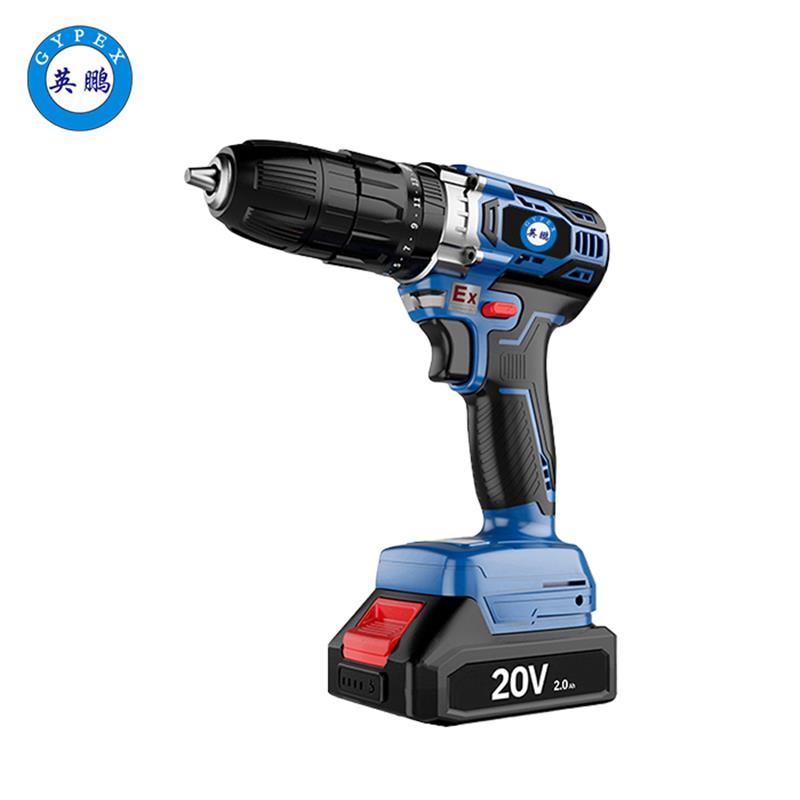dynamic news
2024-07-30 11:52:46
961
动态新闻
The choice of motor and its power rating is crucial for the drill's performance. For household use, electric drills typically have a power rating within 400W. However, industrial applications often demand higher power outputs to tackle tougher materials and withstand more rigorous use. The motor's power directly influences the drill's ability to perform in demanding conditions.
Industrial electric drills are designed to offer variable speeds and torque settings to match the specific needs of the task at hand. High-speed drills are preferred for quick operations, while high-torque drills are essential for drilling through dense or hard materials.
Modern industrial drills may incorporate sophisticated control technologies such as AC variable frequency drive systems. These systems enable stepless speed adjustment and constant torque output, which are beneficial for complex drilling processes and enhance the overall efficiency of the operation.
Industrial applications may require electric drills equipped with additional features like forward and reverse functionality, variable speed control, and braking systems. These features offer greater operational flexibility and ensure that the drill can be used safely and effectively in various scenarios.
Safety and protective features are paramount in industrial settings. Industrial electric drills are likely to have robust safety mechanisms in place, including battery pack protection, voltage protection, current limiting, jam protection, short circuit protection, and thermal safeguards to maintain tool integrity during extended or intense use.
The structural design of industrial electric drills emphasizes durability and reliability. High-quality materials and stringent manufacturing processes are employed to ensure that the drills can withstand the harsh conditions often found in industrial environments.

The variations in control mechanisms and features of industrial electric drills are designed to meet the diverse needs of different industrial applications. By understanding these differences, users can select the most appropriate drill for their specific requirements, ensuring optimal performance and process efficiency.